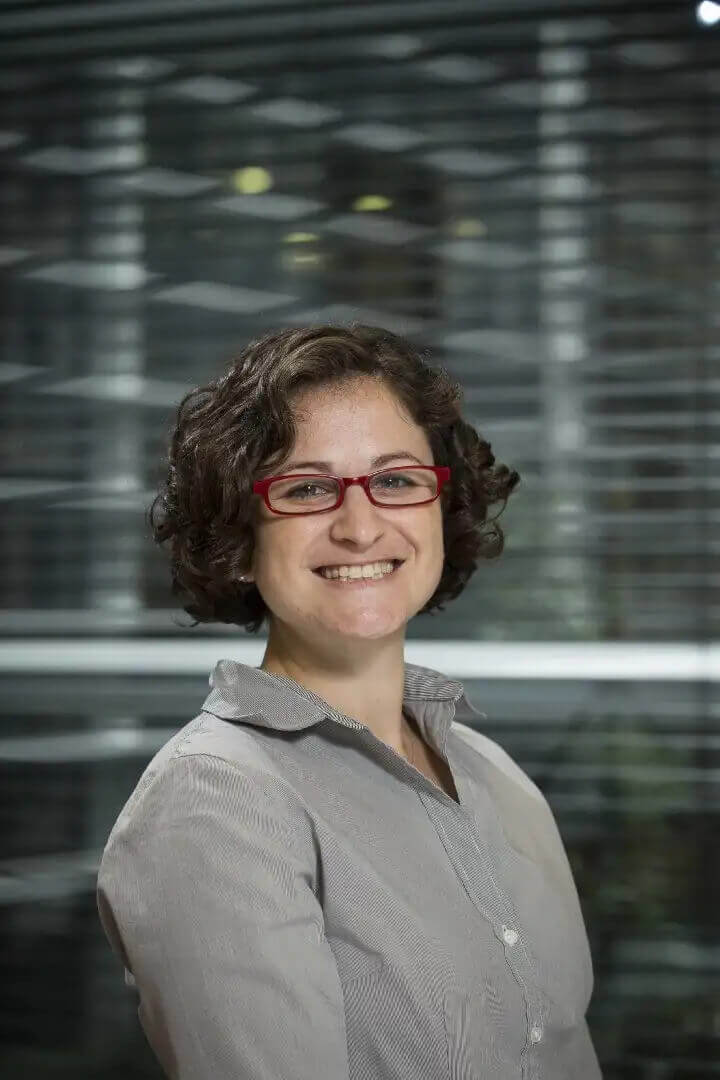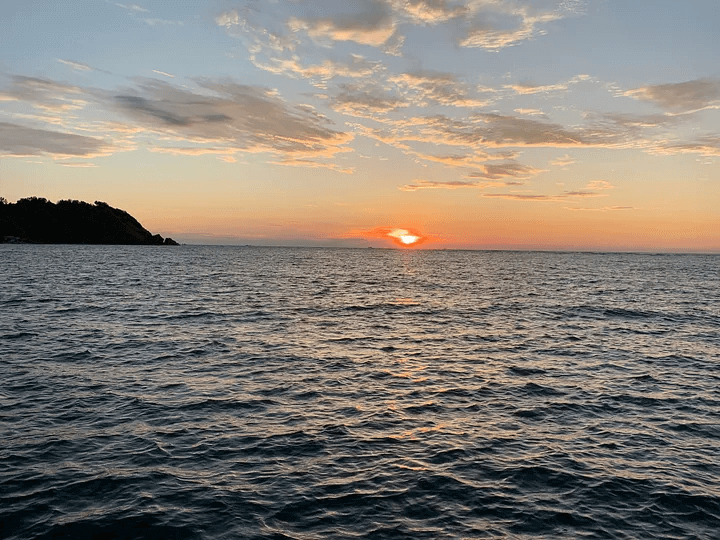Its time to prepare for the future with calm concentration
About this series: This is the third of a three article series where we distil the voluminous IPCC special reports on Land and Ocean into specific, action-oriented and jargon-free messages.
The ASEAN community will face two types of risks from climate change. The first will be to the fruits of its economic progress: its thriving cities, busy ports and lively beach holiday destinations. The other will be to its traditional nooks: fishing communities and small holder farmers. It is easy to fear that they are completely at the mercy of climate change. But there is a lot they can do to protect themselves. The IPCC Special Reports on Land and Ocean, published as recently in 2020 and 2019 respectively, chart out a path of action. To prevent the worst impacts of climate change, ASEAN nations will have to do three things. First, they will have to stop the damage to their local environment which is worsening the impacts of climate change. Second, they will have to protect their coasts by involving the local communities and preserving the natural ecosystems. Third, they will have to help farmers switch towards more sustainable farming methods.
Acknowledge the fear
The oceans are becoming warmer and more acidic. Oceans are absorbing heat at double the rate in the last two decades as compared to the previous two. Carbon dioxide in the air is also reacting with the ocean water to produce carbonic acid. Between 1991–2011, the average acidity of oceans increased by 0.018 units per decade. At that rate coral reefs will be bleached within this century. Oxygen does not dissolve well in warm water, so oxygen content has fallen by 0.5–3.3% between 1970 and 2010 at depths below 1000 meters. There are already “dead zones” where marine life cannot survive. Sea levels are rising because ice is melting and warmer the water the more space it occupies. Between 1901 and 1990 the sea level rise was about 1.38 mm per year, but that rate accelerated to 3.16 mm per year between 1993 and 2015.
On land, agriculture will be affected. The increasing amount of carbon dioxide in the air should increase the rate at which plants grow but the warmer weather may reduce yields. The higher amounts of carbon dioxide in the air could also lower the quality of nutrients in food. Pests and weeds may also proliferate. Water availability will be a problem as there will be likely short spells of heavy rainfall followed by dry spells. Heavy rains — such as those who crippled Bangkok from November 2011 to January 2012- will become more frequent and more intense.
Natural ecosystems will feel the brunt. Acidic water will eat away at ecosystems such as coral reefs and mangroves while severe storms will damage them. Vegetation on sandy beaches will become sparser after an extreme climate event. Marine heat waves, periods of high temperatures in the ocean that extend deep and wide in the ocean and persist for days or months can come suddenly and cause severe damage to coral reefs.
Coral reefs and mangroves works as a protective layer against waves and their loss will expose both large coastal cities and charming beach towns to damage. Tourism will be likely impacted as will be infrastructure such as harbours and ports. To protect its exports, countries will have to invest in rebuilding infrastructure. A new harbour is being built in Haiphong, Vietnam. Increasingly acidic sea water will flood make them the coastal lands unsuitable for agriculture. The catch from fisheries will most likely reduce. Lower yields from farming and fisheries s can lead to a food crisis. It could also lead to urban migration where the poor and migrant populations are already vulnerable. These impacts will be all felt in our lifetimes: indeed they are already happening.
Give us the power to change what we can
ASEAN nations would be right to demand that large emitters cut emissions sharply but, even if they did so, the outlook for the next two decades is already known. ASEAN nations must start preparing immediately and to do so they need to distinguish between global climate change (on which they have no control) and local environmental damage (on which they have complete control).Even if the sea level rises by even 4 mm per year (which it is projected to if the emission cuts are moderate), coasts will not be under water by 2050. The more likely scenario is that parts of lands near deltas and estuaries will capsize into the sea. In the Mekong delta, for instance, land levels are falling by as much as 4 times the rate of the sea level rise. Dams and sand mining are choking of the flow of sediments and ground water extraction is causing the sediment layers to compact. It is no wonder that flooding and erosion are more frequent and that the saline water can extend up to 50 kilometres inland in dry season. The place to start is to prevent local damage being done by the environment.
The local damage to the environment can be seen in the destruction of coral reefs and mangroves along the coast deforestation and land degradation. There are now no sure ways to restore the peat lands which have been over exploited for palm oil and pulpwood. These cultivated peat lands now actually contribute to global warming. Plantations can emit up to 8 times more methane and 20,000 times more nitrous dioxide compared to virgin peatlands. Methane and nitrous dioxide stay in the atmosphere for a shorter time than carbon dioxide but cause a far greater warming while they are there.
The ASEAN societies will have to shift towards a path of development which actively embraces nature. Along the coasts for instance, natural ecosystems will have to vigorously conserved and restored. Apart from forming natural barriers to the rising, acidic seas this would protect vulnerable communities by improving water quality, enhancing productivity of coastal fisheries, and providing raw material for food, medicine, and construction. Similarly, forestry schemes will have to be expanded. ASEAN nations can take lessons from South Korea which increased its forest volume by 13 times in about forty years. In cities and towns, trees, parks, rivers and lakes will have to actively restored. Trees and oceans also store carbon so they will contribute to emission reduction goals. To be successful in the long term, local communities who could well have been marginalized so far, need to be at the table. At the same time new technologies such as artificial reef restoration and new ways of project financing must be embraced.
Farmers will need to go back to agricultural practices of the past and start practicing growing multiple local crops and rotating them, preserving the organic matter in the soil, recycling biomass, and planting trees and shrubs along with crops. Chemical fertilisers and pesticides will have to be substituted by green varieties. In other ways, agriculture will have to be modernized. Agricultural research institutes will have to produce new types of seeds resistant to drought, flood and saline water. Perennial crops, which will reduce the need for till the land, will have to be developed using cross breeds of high yielding annual crops with their wild cousins. Water must be used sparingly and efficiently using methods such as drip irrigation. Renewable energy has to be used for irrigation, storage and transportation.
Panic may force people to seek solutions. Coral reefs and mangroves, will need time to grow which planners will be loath to give. They might go for known solutions such as building barriers such as sea walls. If built to sufficiently high levels, they can effectively protect against the rising sea levels of this century. But they could be expensive to build and maintain against erosion. These structures could destroy natural ecosystems and indigenous ways of life. The IPCC report calls them “rather short-term.” If mindsets do not change, however, engineering solutions would remain popular. They would create land and building space which could be used to earn revenue. That is really the risk: of being locked in a pathway that forces the creating higher and higher defences — as other options are ruled out — with ever increasing consequences of failure.

This article is based on the IPCC Special Reports on Land & Ocean and is aimed at providing to actionable insights to the business and community organizations. This is the third of a three part series. The first is on the vulnerable Small Island Developing States. The second is on what should be done to avoid food security crisis in Africa.



